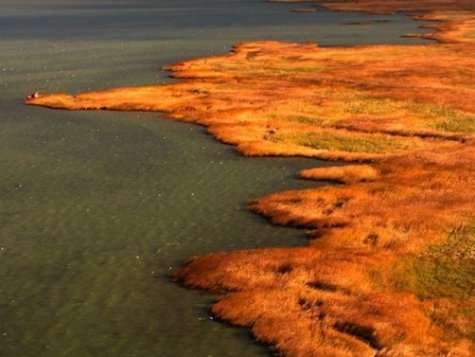Waiting for geese mass migration
The autumn equinox washed Estonia clean with a wet broom, but last Sunday is nicer to remember, with blue seas and the sun gilding the Paljassaare reed banks. So Paljassaare can’t be overlooked. When there is this tiny bit of mosaic landscape, still in a natural state, and located in Tallinn too, it would be a shame not to remind Tallinn people once more that this peninsula, with its hundreds of views, is worth visiting. Particularly now when passerines are in the middle of their migration, and cranes, geese, swans and others are just beginning theirs. It was good to see, on that same Sunday, surprisingly many people on the move on roads and paths there – walkers, bird enthusiasts and bird observers with binoculars, those with cameras looking for that one and only superb photo. Who caught something in their binoculars, on photo or just in memory isn’t so important as the release from everyday stress that surely all Paljassaare visitors felt.
As soon as the morning mists dispersed, a group of whooper swans appeared from the Gulf of Finland. They were followed by a small flock of bean geese, then a 70-bird flock of cranes, and, later, three flocks of barnacle geese, and in addition three brent geese. A great number of snipes were busy on their own private grounds in the water and at the water’s edge; here and there in shallow waters ducks were resting and feeding, in addition mute swans and cormorants. Life in the reed beds was of course more hidden, but the water rail revealed itself by its squealings; very vocal and apprehensive this time were also the bearded tits, at least 45 individuals. On Greater Paljassaar at least 30 jays and 20 long-tailed tits journeyed from tree to tree, a spotted nutcracker was busy in the pines planted on top of the old railway bank – one more first-time sighting on Paljassaar.
The list of sightings could go on and on, but why not come instead, and see for yourself how many birds and interesting species this small patch of land and its seashore waters manages to house!









